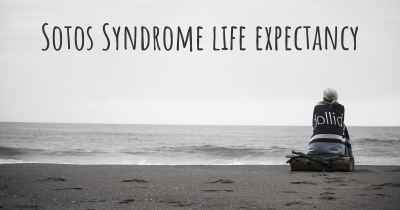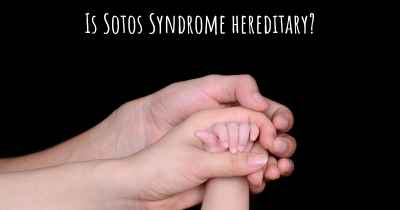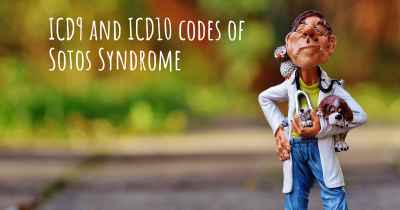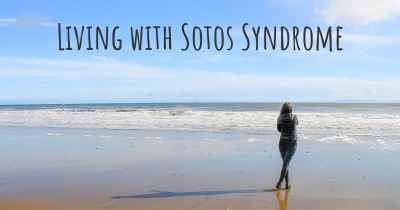Is it advisable to do exercise when affected by Sotos Syndrome? Which activities would you suggest and how intense should they be?
See if it is advisable for people with Sotos Syndrome to practice sports and which ones are the most recommended if you have Sotos Syndrome
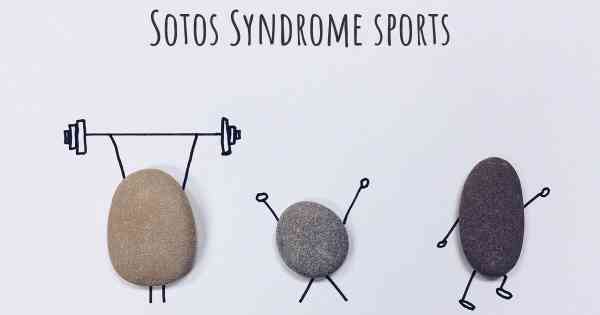
Sotos Syndrome is a rare genetic disorder characterized by excessive growth during childhood, resulting in a taller stature and various physical and developmental challenges. While exercise can be beneficial for individuals with Sotos Syndrome, it is important to approach it with caution and consider the specific needs and limitations of each person.
Benefits of Exercise
Engaging in regular physical activity can offer numerous benefits for individuals with Sotos Syndrome, including:
- Improved cardiovascular health: Exercise can help strengthen the heart and improve overall cardiovascular fitness.
- Enhanced muscle strength and flexibility: Regular physical activity can help build muscle strength and improve flexibility, which can be particularly beneficial for individuals with Sotos Syndrome who may experience muscle weakness or stiffness.
- Weight management: Maintaining a healthy weight is important for individuals with Sotos Syndrome, as excessive weight gain can exacerbate certain health issues associated with the condition. Exercise can help manage weight and promote a healthy body composition.
- Improved motor skills: Many individuals with Sotos Syndrome may experience delays in motor development. Engaging in appropriate exercises can help improve coordination, balance, and motor skills.
- Enhanced mental well-being: Exercise has been shown to have positive effects on mental health, reducing stress, anxiety, and depression. This can be particularly beneficial for individuals with Sotos Syndrome who may face additional challenges in their daily lives.
Choosing the Right Activities
When selecting exercises for individuals with Sotos Syndrome, it is important to consider their individual abilities, preferences, and any specific limitations they may have. Here are some activities that can be beneficial:
- Low-impact aerobic exercises: Activities such as walking, swimming, cycling, or using an elliptical machine can provide cardiovascular benefits without putting excessive stress on the joints.
- Strength training: Incorporating light resistance exercises using bodyweight, resistance bands, or light weights can help improve muscle strength and tone. It is important to start with low resistance and gradually increase as tolerated.
- Flexibility exercises: Stretching exercises can help improve flexibility and range of motion. Gentle stretching of major muscle groups should be performed regularly, focusing on areas that may be particularly tight or prone to stiffness.
- Balance and coordination exercises: Activities such as yoga, tai chi, or specific balance exercises can help improve stability and coordination.
- Adaptive sports: Depending on individual abilities and interests, participating in adaptive sports programs can provide opportunities for physical activity, social interaction, and skill development.
Exercise Intensity
The intensity of exercise should be tailored to the individual's abilities and overall health. It is important to start with low to moderate intensity and gradually increase as tolerated. Here are some general guidelines:
- Cardiovascular exercise: Aim for at least 150 minutes of moderate-intensity aerobic activity per week, or 75 minutes of vigorous-intensity activity if appropriate. However, it is essential to consult with a healthcare professional to determine the appropriate intensity level.
- Strength training: Perform strength training exercises 2-3 times per week, targeting major muscle groups. Start with light resistance and gradually increase as strength improves.
- Flexibility exercises: Stretch major muscle groups at least 2-3 times per week, holding each stretch for 15-30 seconds without bouncing.
Important Considerations
While exercise can be beneficial for individuals with Sotos Syndrome, it is crucial to consider the following:
- Individualized approach: Each person with Sotos Syndrome is unique, and exercise programs should be tailored to their specific abilities, limitations, and overall health. Consulting with healthcare professionals, such as physical therapists or exercise specialists, can help develop personalized exercise plans.
- Monitoring: Regular monitoring of exercise intensity, progress, and any potential adverse effects is essential. This can be done through self-monitoring, with the help of a caregiver, or under the guidance of a healthcare professional.
- Safety: Safety should always be a priority. Individuals with Sotos Syndrome may have certain physical limitations or medical conditions that require modifications or adaptations to exercise routines. It is important to follow proper form, use appropriate equipment, and avoid activities that may pose a risk of injury.
- Consistency: Consistency is key to reaping the benefits of exercise. Encouraging regular physical activity and finding enjoyable activities can help maintain long-term adherence.
Conclusion
Engaging in appropriate exercise can be beneficial for individuals with Sotos Syndrome, promoting physical health, motor development, and overall well-being. However, it is crucial to approach exercise with caution, considering individual abilities, limitations, and consulting with healthcare professionals. By incorporating a variety of activities and gradually increasing intensity, individuals with Sotos Syndrome can enjoy the benefits of exercise while minimizing potential risks.
